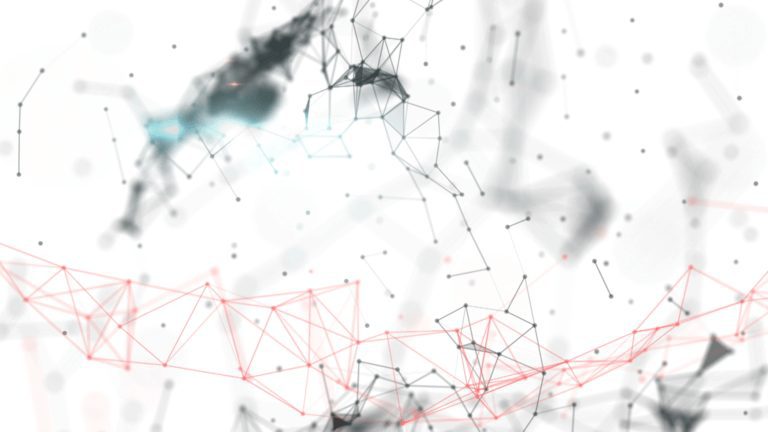Security
How The Dark Web Affects Security Readiness in the Cable Industry

The darknet, dark web, deep web, dark internet – exciting catch-phrases often referred to by analysts and reporters. But what are they? What is the dark web?
The dark web is a network of networks that overlays the Internet. One of the most common dark web networks is The Onion Routing Network, or Tor. Used properly, Tor provides anonymity and privacy to users. Anonymity is achieved when users’ identity is never revealed to others and their traffic cannot be traced back to their actual access accounts and associated Internet addresses. Privacy is achieved when users’ communications cannot be read by anybody other than the intended recipients. Anonymity and privacy are closely related but distinct ideas – privacy can be achieved without anonymity and vice versa.
CableLabs recently hosted a panel about the dark web at its Winter Conference. The panel brought in subject matter experts from across the industry including Andrew Lewman of OWL Cybersecurity. Andrew was previously the Executive Director for Tor from 2009 to 2015. The panel investigated the technology and social impacts of the dark web, and particularly highlighted why cable operators care about this technology area. The dark web is used by adversaries to sell and exchange malware and information used to attack networks, and also account information about employees and customers of companies. Cable operators monitor the dark web to see what is being sold and get indications and warnings of threats against them. This information is used to improve and augment the layers of security used to protect networks and customers.
The evening after the panel, Phil McKinney had the opportunity to talk with Andrew Lewman about the dark web – we are pleased to share that video.

How Does the Dark Web Work?
Tor provides an interesting case study. As stated above, Tor stands for “The Onion Routing.” The inspiration of the name is how The Onion Router protocol wraps packets of information in layers of security that must be successively peeled to reveal the underlying information. The method is, of course, a bit more convoluted in reality. Routes are defined by a proxy which makes an “onion” using layers of cryptography to encode packets. The packets from the initiator are forward packets. As a forward packet is moved through the network of Onion Routers, layers of the onion are successively removed. These layers can only be removed by routers with the correct private key to read that layer of the onion. To those that are router savvy, what is really happening is that the proxy creates a circuit using tunnels of tunnels until the endpoint is reached. If an intermediary device attempts to decrypt a layer of the onion with an incorrect key, all the other interior layers of the “onion” will be garbled.
Tor is, however, just one example technology. What other means do people use to achieve private and anonymous communications? The chat channels provided on popular console games are reportedly used by terrorists and criminals. An alternative technology solution that overlays the Internet is I2P. And there are many others.
Beyond the Dark Web
In addition to being aware of the dark web, CableLabs leads other security initiatives as they relate to device security and protecting the cable network. CableLabs participates in the Open Connectivity Foundation (OCF) which is spearheading network security and interoperability standards for IoT devices. CableLabs has a board position at OCF and chairs the OCF Security Working group. By ensuring that all IoT devices that join the cable network are secure, risks to both the network as well as the privacy of subscribers are taken into consideration.
CableLabs recognizes the importance that the cable industry will contribute to the larger ecosystem of IoT device manufacturers, security providers and system integrators. We are producing a two-day Inform[ED] Conference to bring together cable industry technologists with these stakeholders. April 12 will focus on IoT Security and April 13 will cover Connected Healthcare. Please join us in New York City and we look forward to having you join us in this important conversation.
Inform[ED] IoT Security
Event Details
Wednesday, April 12, 2017
8:00am to 6:00pm
InterContinental Times Square New York
300 W 44th St.
New York, NY 10036
REGISTER NOW

